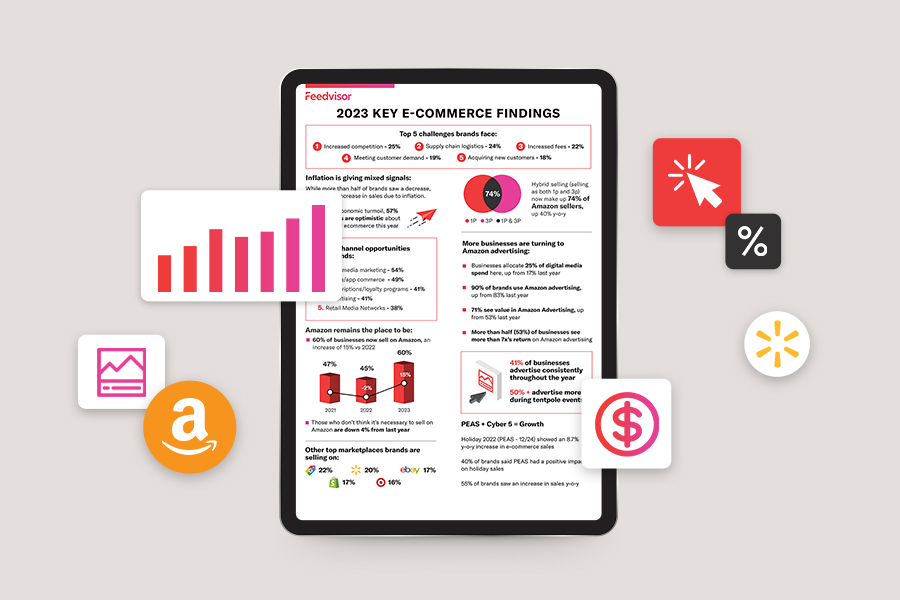Understanding E-commerce Finance Basics
Before diving into the intricacies of e-commerce finance, it’s important to have a solid understanding of the fundamentals. E-commerce finance refers to the management and analysis of financial aspects specific to online businesses. It involves tracking revenue, managing expenses, and optimizing profit margins.
To get started, let’s familiarize ourselves with some essential finance terms that beginners need to know:
- Revenue: The total income generated from sales and other sources.
- Expenses: The costs incurred in operating an e-commerce business, including marketing, inventory, and overhead expenses.
- Profit Margin: The percentage of revenue that represents the profit after deducting all expenses.
Once you have a good grasp of these terms, it’s time to set up a solid financial foundation for your e-commerce venture. This involves budgeting, forecasting, tracking cash flow, and understanding your tax obligations. By having a clear financial plan in place, you can make informed decisions and avoid potential pitfalls.
Exploring Finance for E-commerce Beginners
If you’re new to the world of e-commerce, it’s essential to understand the various financing options available for startup entrepreneurs. Here are some popular sources of funding:
- Personal Savings: Many e-commerce entrepreneurs start by investing their own savings into the business.
- Loans: Traditional bank loans or small business loans can provide additional capital for your e-commerce venture.
- Crowdfunding: Platforms like Kickstarter and Indiegogo allow you to raise funds from a community of supporters in exchange for rewards or equity.
Alongside financing, effective bookkeeping and accounting practices are crucial for e-commerce businesses. Consider these tips to ensure accurate financial records:
- Selecting the Right Accounting Software: Choose a reliable accounting software that meets the specific needs of your e-commerce business.
- Organizing and Categorizing Expenses: Keep your expenses organized and properly categorized, making it easier to track and analyze spending patterns.
- Monitoring Inventory Costs: Understand the costs associated with holding and managing inventory to optimize your profit margins.
Pricing strategies and profit optimization also play a significant role in the success of your e-commerce business. Consider the following factors when determining your pricing strategy:
- Understanding Costing Methods: Calculate the costs associated with each product, including manufacturing, shipping, and marketing expenses.
- Evaluating Market Demand and Competition: Research your target market to identify price sensitivity and analyze competitor pricing strategies to ensure yours are competitive.
- Calculating Ideal Profit Margins: Determine the profit margin that allows your business to grow while remaining competitive in the market.
Advanced Finance Strategies for E-commerce Experts
For experienced e-commerce entrepreneurs, it’s important to dive deeper into financial metrics and data analysis to make informed decisions. Key performance indicators (KPIs) are invaluable for monitoring the health of your e-commerce business. Consider the following:

Image courtesy of feedvisor.com via Google Images
- Analyzing Financial Metrics: Identify relevant KPIs such as customer acquisition cost, customer lifetime value, and average order value to gain insights into the financial performance of your business.
- Utilizing Analytics Tools: Take advantage of analytics tools to track and analyze data, enabling you to make data-driven decisions and uncover opportunities for growth.
Expanding your e-commerce business often requires additional financing. Consider these strategies to secure funding and take your business to the next level:
- Venture Capital and Angel Investment: Explore options for securing funding from venture capitalists or angel investors who are interested in supporting high-potential e-commerce ventures.
- Strategic Partnerships: Collaborate with other businesses or industry leaders to leverage their expertise and resources, allowing you to expand more rapidly.
To maximize profits, advanced pricing techniques and revenue optimization strategies can be employed. Consider the following approaches:
- Dynamic Pricing Algorithms in E-commerce: Utilize algorithms that automatically adjust pricing based on factors such as demand, competition, and customer behavior.
- Cross-selling and Upselling Strategies: Offer complementary products or upgrades to increase the average order value and enhance customer satisfaction.
- Building Customer Loyalty Through Effective Discounting: Leverage discounts and loyalty programs to encourage repeat purchases and foster long-term customer relationships.
Effective Exit Strategies for E-commerce Businesses
Knowing when to exit your e-commerce venture is an important consideration for any business owner. Here are some key points to keep in mind:
- Signs Indicating the Need for an Exit Strategy: Pay attention to market changes, declining profits, or personal circumstances that may trigger the need for an exit strategy.
- Factors to Consider Before Exiting: Evaluate the financial health of your business, its market value, and potential opportunities for future growth.
There are various exit strategies available for e-commerce entrepreneurs:
- Selling Your E-commerce Business: Find potential buyers who see value in your business and are willing to acquire it.
- Merging or Acquiring Other Businesses: Consider merging with or acquiring other businesses to strengthen your market position or expand into new markets.
- Transitioning to a Different Business Model: If your e-commerce venture is no longer viable, explore potential opportunities to pivot into a new business model.
During the exit process, it’s crucial to preserve the value you’ve built. Take the following steps to ensure a smooth transition:
- Proper Due Diligence and Valuation: Conduct a thorough evaluation of your business and seek professional assistance to determine its worth.
- Smooth Transition for Customers and Employees: Communicate openly with your customers and employees to minimize disruption during the transition period.
Navigating the Journey of Business Entry in E-commerce
For those looking to enter the e-commerce industry, understanding the market and selecting the right strategies are crucial. Consider the following steps:
- Identifying Profitable E-commerce Niches and Markets: Research current trends and consumer demands to identify profitable niches and target markets.
- Selecting the Right E-commerce Platform and Technology: Choose an e-commerce platform that suits your business needs and consider leveraging automation and technology to streamline operations.
- Crafting a Strong Business Entry Strategy: Develop a solid branding strategy and find ways to differentiate yourself from competitors to attract target customers.
In conclusion, maximizing profits in the world of e-commerce requires a combination of sound financial management, strategic decision-making, and adapting to ever-changing market dynamics. By understanding essential e-commerce finance principles, implementing effective strategies, and exploring funding options, you can pave the way for long-term success and growth in the digital marketplace.



